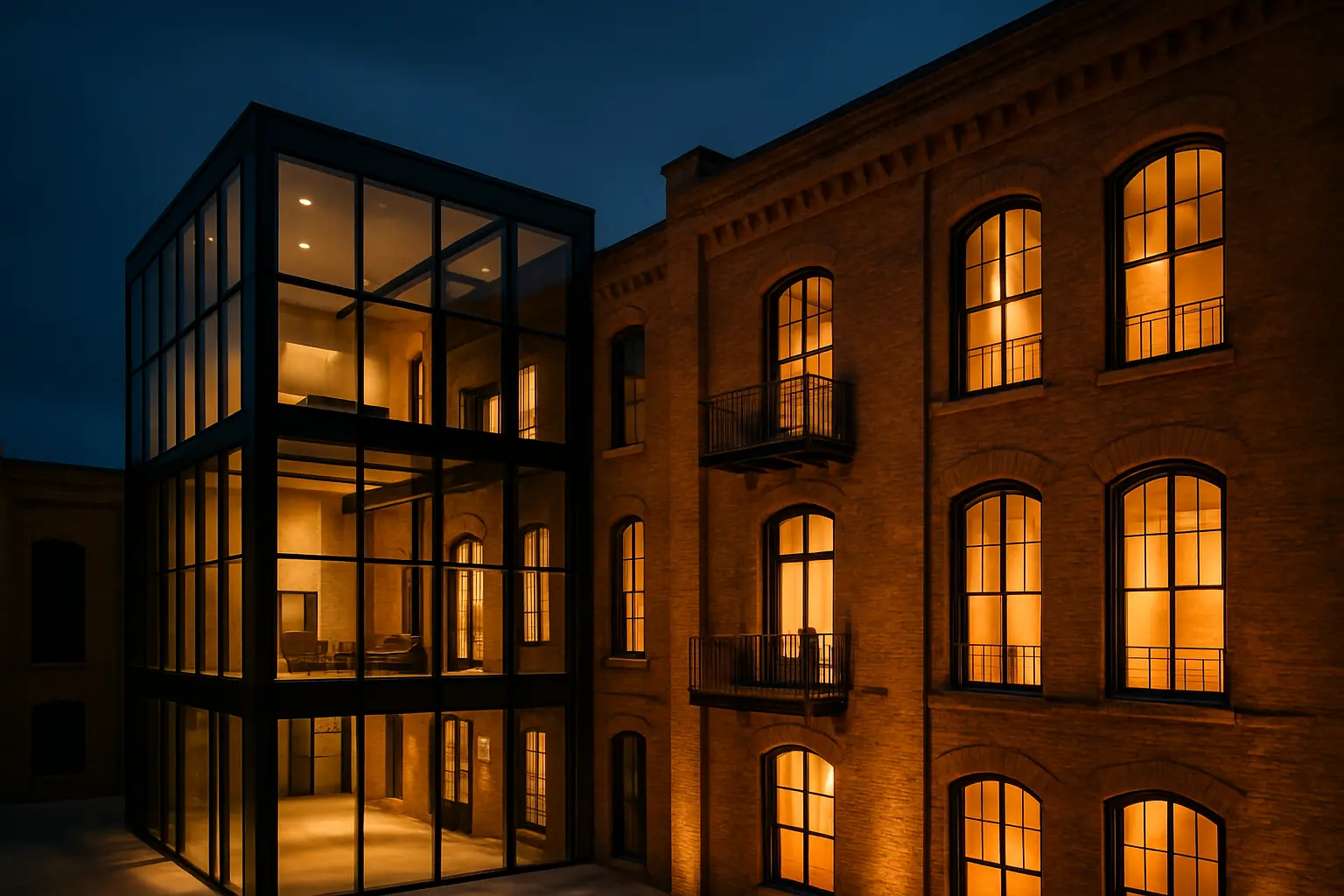From Offices to Living Spaces: San Antonio's Adaptive Reuse Revolution
Discover how innovative property transformations are reshaping the Alamo City's real estate landscape and creating unique investment opportunities.

The Growing Trend: Understanding San Antonio's Building Transformation Movement
San Antonio's skyline is witnessing a remarkable metamorphosis as developers and investors embrace the adaptive reuse movement. Empty office buildings and underutilized commercial spaces are finding new purpose as residential havens, bringing fresh energy to the city's urban core.
The transformation trend has gained significant momentum, driven by several key factors:
- Rising housing demand in urban areas
- Sustainability initiatives promoting building reuse
- Historical preservation opportunities
- Cost-effective alternatives to new construction
Success Stories: Notable Commercial-to-Residential Conversions in Downtown and Beyond
Several pioneering projects have set the stage for San Antonio's adaptive reuse revolution:
Downtown Landmarks Reborn
The historic Maverick Building's transformation into luxury apartments has become a blueprint for successful conversion projects. Its blend of preserved architectural elements with modern amenities demonstrates the potential of adaptive reuse.
Innovation District Developments
In the Broadway corridor, former office complexes now house mixed-use developments, combining residential units with retail spaces and creating vibrant community hubs.
"These conversions aren't just about creating housing – they're about preserving San Antonio's architectural heritage while meeting modern living demands," notes a prominent local architect.
Investment Potential: Why Adaptive Reuse Properties Are Attracting Both Buyers and Tenants
The investment appeal of converted properties stems from multiple advantages:
- Unique character and historical value attracting premium tenants
- Lower environmental impact compared to new construction
- Tax incentives and preservation grants availability
- Growing demand for urban living spaces
Expert Tips: What to Consider When Investing in Converted Properties
Due Diligence Essentials
Before investing in adaptive reuse projects, consider these crucial factors:
- Building structural integrity and assessment reports
- Zoning regulations and permit requirements
- Historical designation implications
- Infrastructure capacity for residential use
Market Analysis
Understanding the target market is crucial for success:
- Research local demographic trends
- Analyze comparable property performance
- Evaluate neighborhood development plans
- Consider future market projections
The adaptive reuse movement in San Antonio represents more than just a real estate trend – it's a renaissance that's creating unique living spaces while preserving the city's architectural heritage. For investors, these projects offer the opportunity to participate in the city's urban evolution while potentially securing attractive returns.


